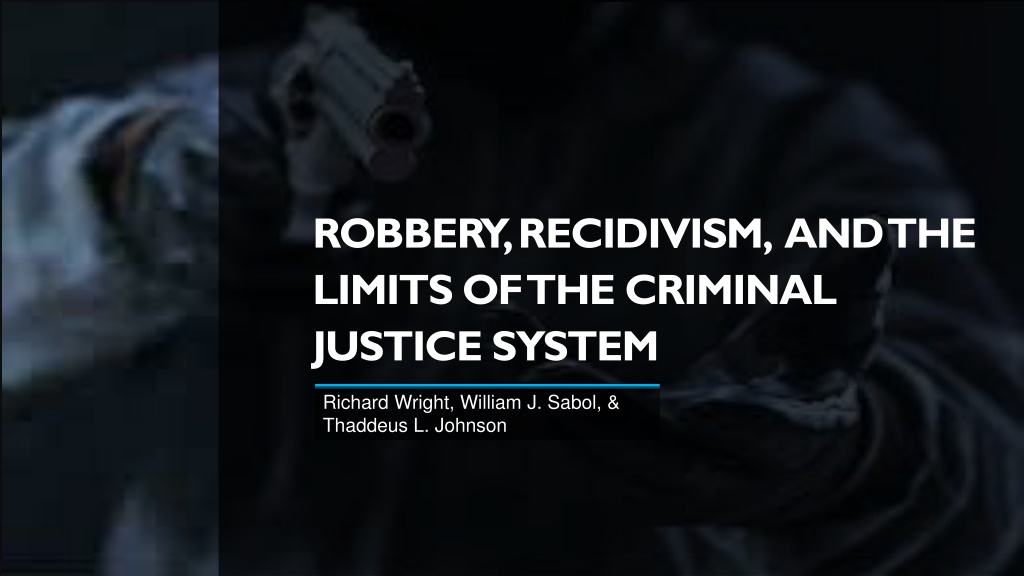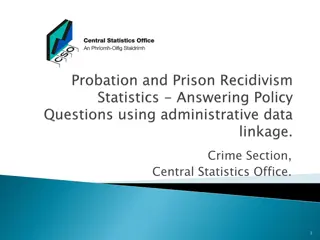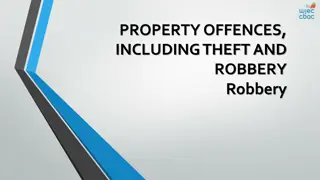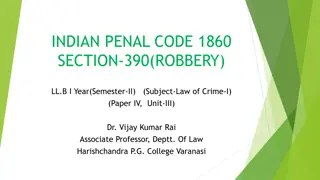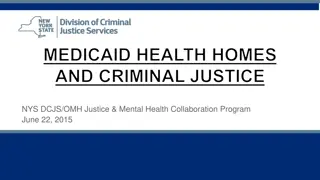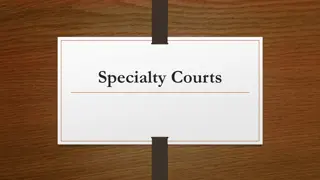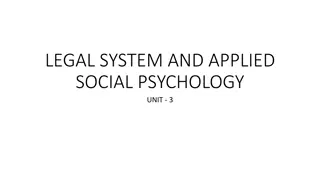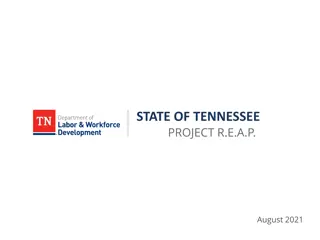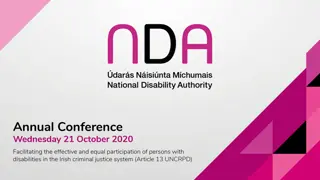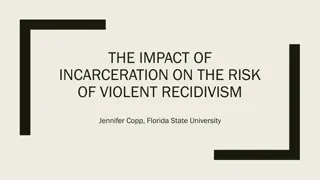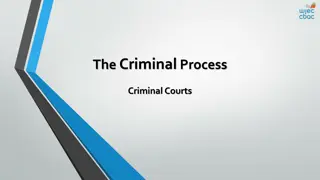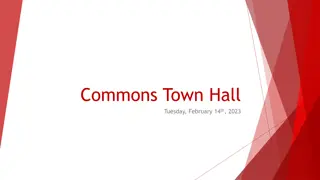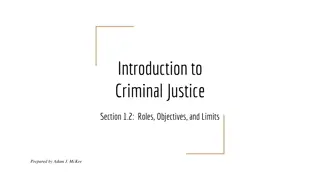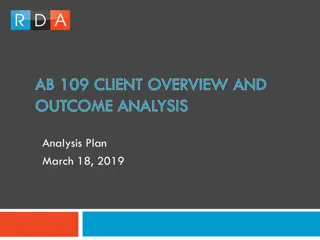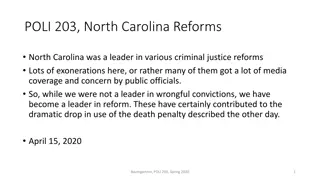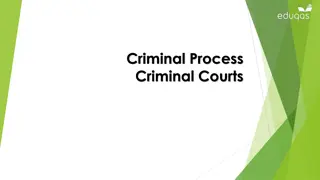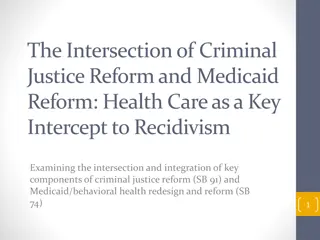Understanding Robbery, Recidivism, and the Criminal Justice System
Exploring the complex dynamics of robbery, recidivism, and the limitations of the criminal justice system through the perspectives of individuals involved in criminal activities. The images and quotes provide insight into the challenges faced by offenders in breaking the cycle of crime and the societal factors contributing to their experiences.
Download Presentation

Please find below an Image/Link to download the presentation.
The content on the website is provided AS IS for your information and personal use only. It may not be sold, licensed, or shared on other websites without obtaining consent from the author. Download presentation by click this link. If you encounter any issues during the download, it is possible that the publisher has removed the file from their server.
E N D
Presentation Transcript
ROBBERY, RECIDIVISM, AND THE LIMITS OF THE CRIMINAL JUSTICE SYSTEM Richard Wright, William J. Sabol, & Thaddeus L. Johnson
ROBBERY IS DIFFERENT More likely to involve strangers More likely to be interracial It s about taking something, not expressing something 2
What can the criminal justice system realistically do to keep offenders who have served time for robbery from returning to prison? 3
I grew up with shootin and fightin all over. You grew up with books and shit. Where I m from, you never know if you gonna live one minute to the next. It s like a war out there. People die every day. You can go to sleep and hear gunshots all night, man, all night. Bullets be lying in the street in the morning. Ambulances and police cars steady ridin through my neighborhood, man. 4
Just get high, get high. I just blow money. Money is not something that is going to achieve for nobody, you know what I m saying? So every day there s not a promise that there ll be another one, so I just spend it, you know what I m saying? It ain t mine, you know what I m saying? I just got it, it s just in my possession. It s a lot of fun. 5
Just got the money to blow, so fuck it, blow it on whatever, it don t even matter. Whatever you see, you get it. Fuck it. Spend that shit. Easy come, easy go . I ain t trying to think about keeping anything. 6
THE ETIOLOGICAL CYCLE OF ROBBERY Financial Desperation Intensive Partying Background Risk Factors Participation in Streetlife Robbery Cash 7
The risk of getting caught is just a reality. I know it s a possibility. But I try not to think about that because if I dwell on it too much I may talk myself or scare myself out of doing the robbery. 8
THE ETIOLOGICAL CYCLE OF ROBBERY Financial Desperation Intensive Partying Background Risk Factors Participation in Streetlife Robbery Cash 9
RECIDIVISM MEETS REALITY How do you reintegrate those who were not and never have been integrated to begin with? 10
FIRST DO NO HARM Steps toward inclusion: Role of LE - take ex-convicts seriously as crime victims (e.g., sex workers) Role of Community Corrections - less supervision 11
FIRST DO NO HARM Conflicts between enforcement & inclusion: Duel responsibility of LE (enforcement vs. relationship building) Fear of warrants Confidence in LE Street code 12
ENFORCEMENT FOCUS OF THE CJS Robbery rates have fallen considerably from their early 1990s peak. Robbery arrests per offense trend upward. Robbery admissions per arrest trend upward. 13
ENFORCEMENT AND SENTENCING Number of robbery offenses and arrest per offense, 1991-2017 Robbery enforcement ratios: Arrests to offenses and new court commitments to adult arrests, 1991-2017 Robbery offenses (part 1) Robbery arrests per offense Linear (Robbery arrests per offense) 0.400 0.350 0.300 Robbery arrests per robbery offense Number of robbery offenses 0.250 Number 0.200 0.150 0.100 0.050 0.000 Adult arrest to offense New court commit per adult arrest Linear (Adult arrest to offense) Linear (New court commit per adult arrest) 15
ENFORCEMENT FOCUS OF THE CJS Scale of robbery incarceration doubled. Over three decades, no evidence of change in recidivism of robbery offenders. CJS s history of enhanced enforcement indicative of its role as an institution of social exclusion. 16
